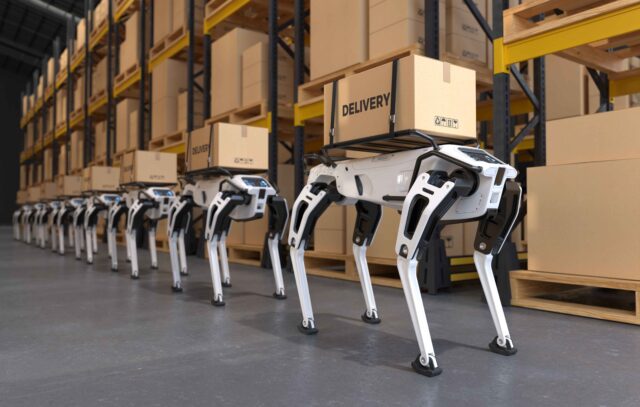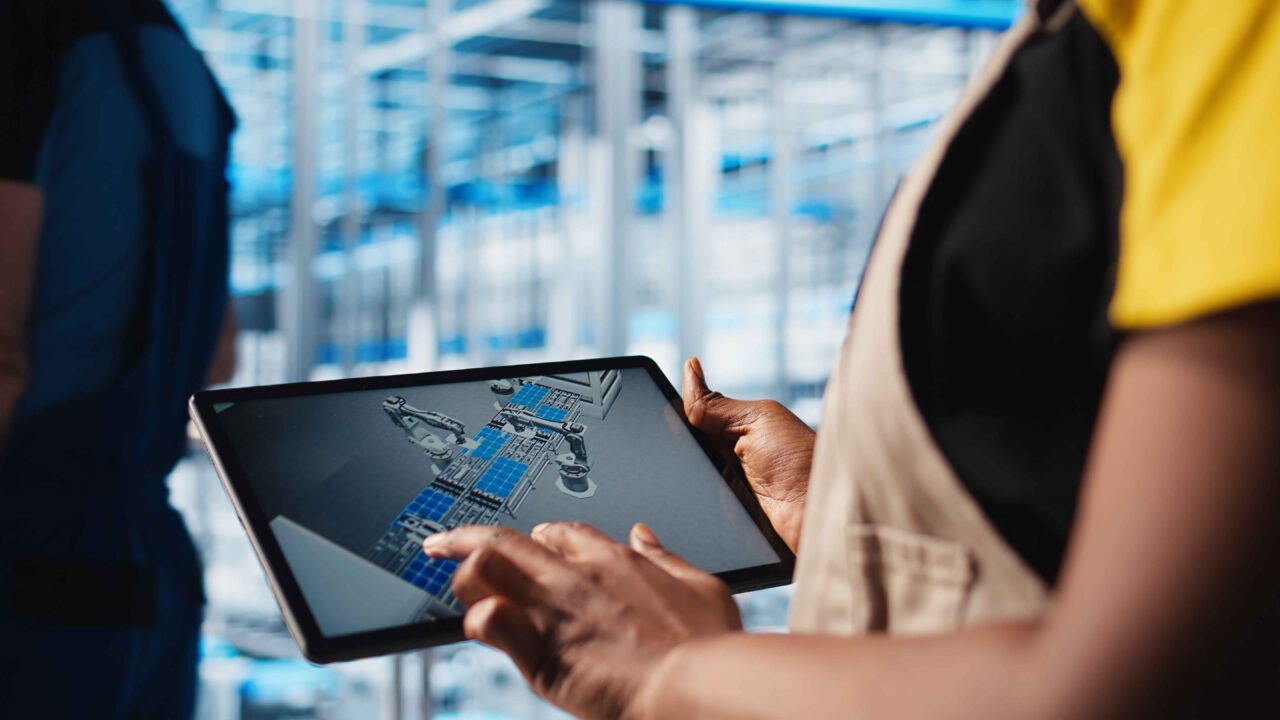Imagine a world where your online order is packed, shipped, and delivered before you even receive the confirmation email. That’s not science fiction; it’s the growing reality in the age of AI in logistics.
Over the past decade, artificial intelligence has made remarkable strides across industries. But in the logistics sector, where timing, efficiency, and precision rule, AI is not just helpful; it’s transformative. Whether it’s predicting demand spikes, managing warehouse inventories, or rerouting shipments in real-time, AI in logistics is redefining how global supply chains operate.
Why Logistics Needs a Smart Makeover
The global logistics industry is massive, intricate, and constantly on the move. With thousands of goods transported every second across continents, maintaining efficiency can feel like controlling a chaotic orchestra. Any minor delay or error, be it a weather disruption or a mislabelled package, can set off a domino effect that impacts multiple stakeholders.

Here’s where AI in logistics comes in. By analysing vast amounts of real-time data, AI systems can forecast problems before they occur, offering smarter solutions for delivery, inventory, and operations. It’s not about replacing humans, but about enhancing human decision-making.
Predictive Analytics: Seeing the Road Ahead
One of the most powerful applications of AI in logistics is predictive analytics. With machine learning algorithms, businesses can now anticipate customer demands, optimize inventory levels, and avoid overstocking or understocking.
Let’s take a real-world example. A global retailer using AI noticed that certain winter items were in high demand in northern cities before traditional forecasting models predicted the trend. Thanks to predictive analytics, the company was able to redirect its inventory in advance, reducing delivery delays and improving customer satisfaction.
This is what makes AI in logistics so valuable: it turns data into foresight.
Smart Warehousing: Beyond Manual Stacking
Warehouse operations are another area where AI is leaving its mark. Traditionally, warehouses relied on manual labour or basic automation for sorting, stacking, and dispatching. But modern warehouses are becoming “smart” thanks to AI-driven systems.
Smart warehousing uses robotics, computer vision, and AI algorithms to streamline tasks such as picking, packing, and even monitoring equipment health. This not only reduces human error but also ensures faster processing. With AI in logistics, some warehouses are now completely automated, functioning 24/7 with minimal downtime. This shift not only saves time but also significantly reduces operational costs.
Real-Time Route Optimization
Have you ever wondered how some food delivery apps can find the fastest route even during peak hours? That’s AI at work.
In logistics, where every second counts, AI-enabled real-time route optimization ensures that vehicles avoid traffic jams, roadblocks, or bad weather, improving delivery times and fuel efficiency. For businesses running fleets across countries, this results in huge cost savings.
Companies like FedEx and DHL already use AI in logistics to dynamically adjust delivery routes. It’s not just about speed; it’s also about reducing the carbon footprint, an increasingly important factor in today’s eco-conscious world.
Supply Chain Optimization: The Bigger Picture
While AI enhances individual elements like routing and warehousing, its real power lies in supply chain optimization as a whole. By connecting data from multiple sources, suppliers, transportation, inventory, and customers, AI enables businesses to make holistic decisions.
Imagine a factory in India using AI to monitor raw material availability from suppliers in China, while also keeping tabs on customer orders from Europe. If there’s a delay in shipping from China due to a typhoon, the AI system can proactively shift resources, reassign production schedules, and notify customers, all automatically.
This level of interconnectedness is what AI in logistics makes possible. It transforms reactive systems into proactive ones, capable of adapting to change in real-time.
Challenges Ahead: Not All Smooth Sailing
Despite its promise, AI in logistics does come with challenges. Data security, high initial investments, and the need for skilled professionals can make implementation difficult, especially for small to medium enterprises. There’s also the question of transparency. AI decisions, especially in supply chain management, can be complex and hard to explain. Businesses must strike a balance between automation and human oversight to maintain trust and accountability.
A Look into the Future
The future of AI in logistics looks incredibly promising. With the rise of autonomous vehicles, drone deliveries, and blockchain-backed inventory systems, logistics is evolving into a futuristic, highly efficient ecosystem.
AI will soon enable real-time, end-to-end visibility across the supply chain. From tracking a single product’s journey to managing sustainability metrics, businesses will be able to make data-driven decisions faster than ever before. Moreover, as regulations and customer expectations evolve, AI will play a vital role in compliance, environmental goals, and ethical sourcing.
More Than Just Speed
In the end, AI in logistics is not just about faster deliveries-it’s about smarter operations. It’s about turning unpredictability into opportunity and chaos into clarity. From improving customer satisfaction to reducing waste and emissions, AI is helping logistics evolve into a smarter, leaner, and more sustainable industry. For businesses looking to stay ahead, now is the time to invest in AI, not just as a tool, but as a strategic partner in their logistics journey.


